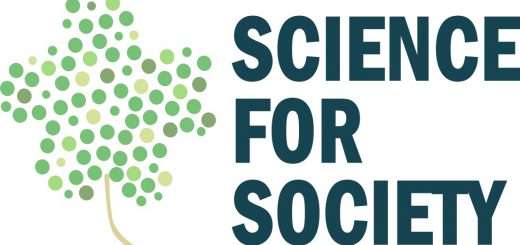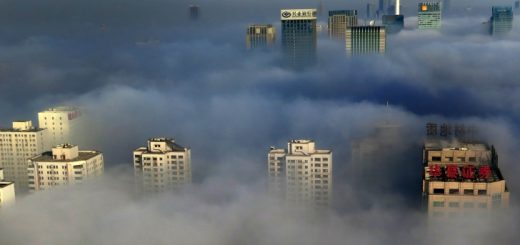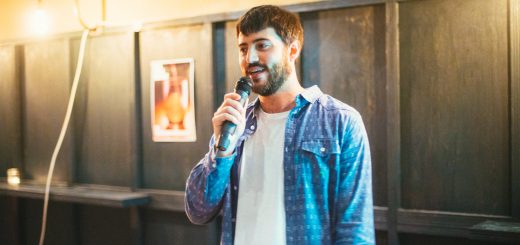On isolation – notes from a social neuroscientist
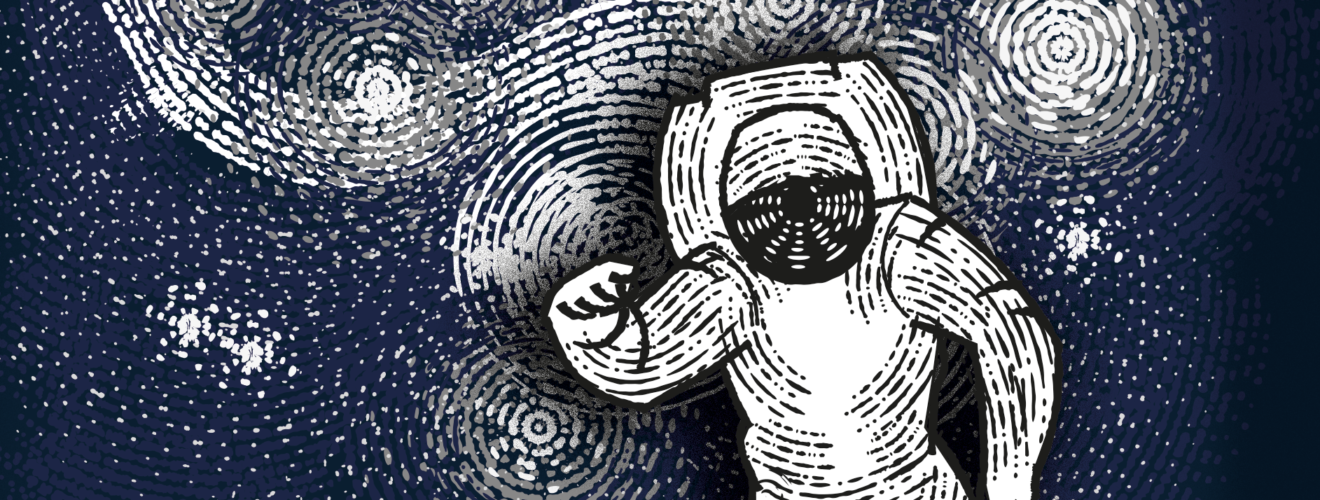
COVID-19 statement: As we are in the middle of a global pandemic, I would like to acknowledge the context in which this article was created. Everyone chooses different coping mechanisms and while mine is to spend time writing I do not assume this is the case for everyone. I am hoping this article will be useful and not an added stressor in this difficult period.
In July 1890, in one of his last letters to his brother, Vincent Van Gogh writes about three large canvases he just painted – one is his famous Blés Sous des Ciels Troublés, the wheatfield under troubled skies. He writes to Theo Van Gogh: “I made a point of trying to express sadness, extreme loneliness.”1. His contemporary, the poet, and later-life recluse Emily Dickinson muses “I fear me this — is Loneliness —/ The Maker of the soul/ It’s Caverns and it’s Corridors/ Illuminate—or seal —” 2.
Throughout literary and art history, solitude has been romanticized. Henry David Thoreau’s social experiment chronicled in Walden inspired many to seek nature’s beauty and withdraw from society: “I find it wholesome to be alone the greater part of the time. To be in company, even with the best, is soon wearisome and dissipating. […] I never found the companion that was so companionable as solitude.” 3
And Ernest Hemingway remarks in A Moveable Feast – his autobiographical novel on expatriating to Paris: “When spring came, […], there were no problems except where to be happiest. The only thing that could spoil a day was people and if you could keep from making engagements, each day had no limits. People were always the limiters of happiness except for the very few that were as good as spring itself.”4
The gulf between enjoying solitude and bearing the cross of loneliness could not be deeper.
Recently, ever-increasing numbers of us have been forced into isolation – and “social distancing” has suddenly become the highest priority, a concept utterly at odds with humans’ ingrained habits and needs. In a BBC Radio interview, the late John Cacioppo, who literally wrote the book on loneliness, remarked: “We truly are a social species and [in that way] are a bit like fish in water – we [sometimes] forget how important connection is.”5
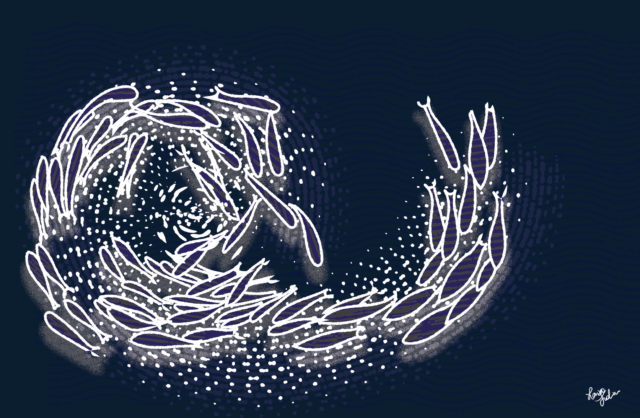
While a cacophony of voices is rising online, debating the semantics of social and physical distancing, there could be a scientific reason for our inability to comprehend the difference.
How is distance processed in the brain?
In a 2014 study, scientists investigated the linguistic quirk of expressing social connection in terms of spatial distance (for example: “inner circle” and “close friend”). A theory the authors reference proposes that over the course of human evolution, the mind developed to co-opt spatial processing for increasingly abstract concepts as well (like social affiliation)6.
In their study, participants viewed images belonging to three different categories: spatial – an object closer or further next to an anchor; temporal – sooner or later; and social – a picture of the subjects’ friends or acquaintances.
Participants underwent a functional brain scan while observing these pictures. Afterwards, the researchers were able to conclude that across all three categories of distance – spatial, temporal and social – the same patterns of brain activity arose.
The scientists could identify this common cortical mechanism by means of using a sophisticated analysis method called “multi voxel pattern analysis” (MVPA), which sensitively reveals brain response patterns. As opposed to previous analysis approaches, this statistical technique allows the analysis of complex and distributed patterns of brain activity by utilizing a machine learning tool: a classifier was trained to distinguish between patterns of brain activity relating to egocentric distance using training and testing data to reveal this common mechanism across all domains.
Thus, this experiment could hint towards why many are now struggling with disambiguating social and physical distance – as it might be the case that they are encoded in the same way.
Modern hermits & social animals
Even before pandemic-containing measures were introduced across the globe, a small subset of people were already practicing social distancing: the Japanese Hikikomori, who are young people that seek extreme isolation, lasting from 6 months to several years7. While the exact numbers of the Hikikomori remain somewhat controversial (ranging between 200,000 and a million cases in Japan), their disconnect from society has sparked much media attention, debate and research interest.
In the early 2000s, a rapid increase in prevalence was reported in Japan, leading many to speculate about the cause and nature of the social withdrawal of the youth. While some see “psychological malfunctions” as the root, others argue that societal changes might have triggered this inward movement. Yet, some early research shows that among this heterogenous group, a small subset of people exists that craves sociability and relationships.
Our motivation to connect socially has been hypothesized to drive much of our behaviour and our perception of the world. Evolutionarily, social animals have benefitted from gathering in groups: from the wildebeests roaming the woodlands south of the Sahara to ants living in tightly knit colonies – chances of survival are enhanced by living in a community. The wildebeest that roams alone has a 100% chance of standing out to a predator, whereas this chance declines rapidly if the same wildebeest moves in a group8.
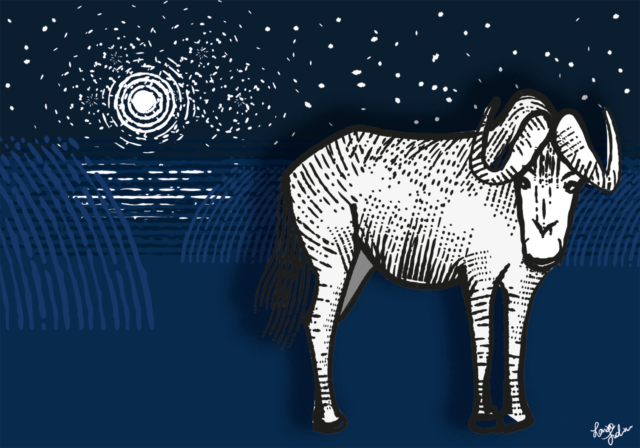
The reward value of social cues
Social motivation theory claims that evolution has set us up as social creatures by making socialness inherently rewarding9. We seek social cues, we expend effort and resources on maintaining social connections and obtain deep, intrinsic joy from spending time with another person.
In a much-cited brain imaging study from 2008, researchers experimentally investigated this phenomenon by providing their participants with monetary rewards, and, in another task, social rewards in the form of positive reputation management. The analysis of the brain data revealed that a common structure modulated reward engagement in both the monetary and the social task: the striatum, a subcortical region, which is also engaged in food and drug-related activity10.
When this desired connection with other people is lacking, the consequences can be fatal. As Vincent Van Gogh writes to his brother Theo: “Add to this that particular torture, loneliness, and really you will no longer be able to imagine me “well off,” either in the present or the past.”11
Very recent scientific work in the form of a new preprint (an article that has not yet undergone formal peer review) finds that acute social isolation provokes a very similar brain response to the one elicited when we crave food12. To test their “social craving” hypothesis, researchers asked their participants to fast for 10 hours and, in the social isolation condition, spend 10 hours by themself, in a “social isolation room”, deprived of all contact (except the experimenters) and without the opportunity of using their mobile devices. The experimenters found that structures in the midbrain (those sitting on top of the brain stem) responded to food cues when the participants were hungry and social cues when the participants were isolated. Converging with the findings of previous brain imaging studies, the striatum responded to these cues as well, however with two sub-structures differentially engaged.
Furthermore, a meta-analysis showed that across 148 studies a lack of relationships and social integration predicted mortality to a comparable rate as other well-established risk factors for heightened death rates – smoking, alcohol consumption – and even exceeded others such as inactivity and obesity13. The concern in the UK for individuals struggling with social isolation is so strong, that a loneliness strategy was introduced in 2018. This strategy encompassed the adoption of standardized loneliness measures, de-stigmatizing public health campaigns and an improved framework for social services14.
Transitioning from offline to online
Over 600 letters from Vincent van Gogh to his brother Theo show we have used technology to keep in touch with our loved ones in the face of physical separation and adversity (even primitive forms like handwritten correspondence) for hundreds of years.
Before the pandemic, an often-proclaimed paradox was that of the anti-social social network. Thousands of scientific articles ask a variation on the theme of “Does social technology reduce social involvement and psychological well-being?”. Sociologists are intimately familiar with the phenomenon of “para-social” relationships: the authors of a 1956 paper describe that upon being confronted with then new mass-media (TV, radio & the movies) many people felt intimacy at a distance, and were given an “illusion of face-to-face relationships”15.
Despite this still ongoing controversial debate on the value of the social internet, the current reality is that many people who are self-isolating due to the current global crisis are relying on a multiplicity of online social tools as a lifeline. Often, the only interaction one has these days is mediated by a screen, and any form of socialness is illuminated by a blue-ish glow.
Virtual social interactions allow us to transcend the confines of our more or less luxurious prisons. But can online interactions satisfy our need for offline connection?
Research comparing the quality of online and offline relations finds that there are a few aspects crucial for establishing a genuine social connection: “Time is important, as it facilitates the development of a collective shared history and identity. Intimacy develops through the participation in shared activities and discussion of diverse issues of personal concern.”16. The authors conclude that friendships that are established online (and this detail is important – this study did not compare the quality of already existing offline social relationships that transitioned to online only) are perceived as less close and engaged as they had lasted for a shorter time and friends were involved in fewer joint activities.
An opinion article by Lieberman and Schroeder (2020) speaks to exactly this question: when does online interaction enhance, and when does it disrupt our social lives17? The authors summarize that there are three main contributors to enhancing social relationships through online interactions: providing an opportunity to form entirely new relationships, providing an opportunity for interaction when offline interaction is “impossible or scarce” and as a tool to coordinate social movements or means of amusement in the form of collaborative online gaming.
Life in times of the lockdown
But what happens when you are on lockdown with a small group of friends or family members?
Insights into the confinement of groups to small spaces comes from an unlikely field of science: NASA’s simulated Mars missions. In preparation of sending small groups of people to space for years on end, NASA has been, since 2013, sending pseudo-astronauts on Hawaiian Space Exploration Analog and Simulation (HI-SEAS) missions, during which the effects of extreme isolation in a group were closely monitored18.
The HI-SEAS missions imitate many aspects of long-distance space travel: the living space is small; the crew members eat freeze-dried food and communication to ground is established with a 20-minute delay.
Sharing insights from HI-SEAS IV, NASA reveals the crucial factors that predicted the success of life on (pretend) Mars. They were, maybe not so surprisingly, the subjective autonomy of the astronauts and feeling affiliated with their crew members and loved ones at home. Anyone curious about the full scope of being confined to a small space with a handful of astronauts can listen to the experience of these very crew members of HI-SEAS IV recorded in audio-diaries and interviews in the podcast The Habitat19.
Collaborating with others, and finding opportunities for social connection by means of technological innovation has historically helped us overcome great adversity. We travel to space, inhabit hostile and remote places of this planet and find new ways to connect with others every day.
Thus, when we now turn to online social interactions in these uncertain times, we must remember the words of Hemingway’s famous literary character in the midst of battling a giant fish alone at sea: “Now is no time to think of what you do not have. Think of what you can do with what there is.”
Thanks to Dr. Ruud Hortensius for his excellent module Socially Intelligent Artificial Technologies in Society20 at the University of Glasgow. Thank you to Danielle Schwertner21 and Prof. Emily Cross22 for comments on an early draft and special thanks to Lovisa Sundin23 for providing the artwork.
This article was specialist edited by Danielle Schwertner and copy-edited by Kirstin Leslie.
References
- http://www.vangoghletters.org/vg/letters/let898/letter.html
- https://en.wikisource.org/wiki/The_Loneliness_One_dare_not_sound_%E2%80%94
- https://tinyurl.com/rwpe27j
- https://en.wikiquote.org/wiki/Ernest_Hemingway#A_Moveable_Feast_(1964)
- https://www.bbc.co.uk/programmes/b01s4764
- https://www.jneurosci.org/content/34/5/1979.full
- https://journals.sagepub.com/doi/full/10.1111/j.1467-954X.2008.00790.x
- https://www.nature.com/scitable/knowledge/library/how-does-social-behavior-evolve-13260245/
- https://www.sciencedirect.com/science/article/abs/pii/S1364661312000526
- https://www.sciencedirect.com/science/article/pii/S0896627308002663
- http://www.webexhibits.org/vangogh/letter/13/343.htm?qp=feelings.loneliness
- https://www.biorxiv.org/content/10.1101/2020.03.25.006643v1
- https://journals.plos.org/plosmedicine/article?id=10.1371/journal.pmed.1000316
- https://www.nextavenue.org/uk-minister-of-loneliness/
- https://www.tandfonline.com/doi/abs/10.1080/00332747.1956.11023049
- https://www.tandfonline.com/doi/full/10.1080/01972240600677805?casa_token=vky5BbCDIloAAAAA%3Aqkyi6T9PZg6h4lSgHdHiMvL4IIR79xd3rmq5zQtRjpmyLqm46aYOLpZuIIBGHPdiWRiA8uurxNS0
- https://www.sciencedirect.com/science/article/pii/S2352250X1930065X
- https://hi-seas.org/?p=9183
- https://gimletmedia.com/shows/the-habitat
- https://www.gla.ac.uk/coursecatalogue/course/?code=PSYCH4092
- https://twitter.com/danies394
- https://twitter.com/brain_on_dance
- https://www.menimagerie.com/

